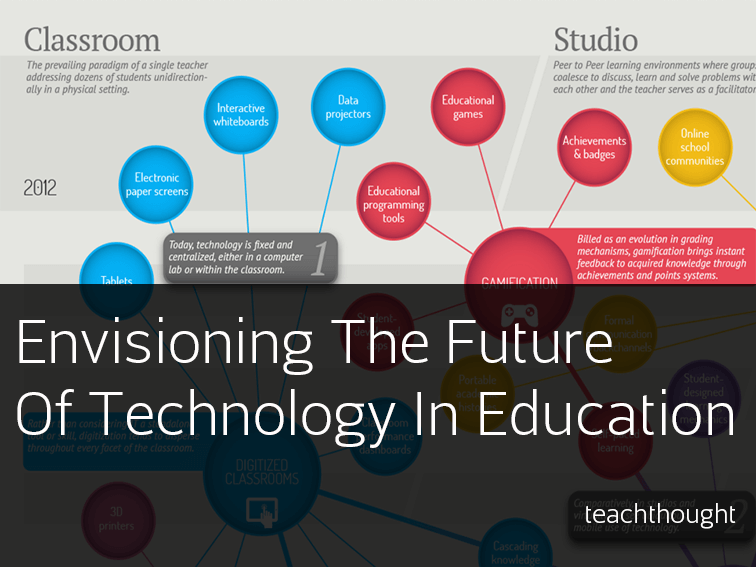

The Classroom of the Future: Technology and Education
In today's rapidly evolving world, technology has become an integral part of our lives, transforming various aspects, including education. The classroom of the future is envisioned as a technologically advanced learning environment that enhances the educational experience for students and teachers alike.
One significant aspect of the classroom of the future is the integration of interactive whiteboards. These digital boards enable teachers to present information in a more engaging and interactive manner. With the ability to display multimedia content, annotate, and collaborate, interactive whiteboards promote active learning and make lessons more visually appealing. Students can also actively participate by interacting with the board, solving problems, and sharing their ideas.
Another essential element of the future classroom is the use of virtual reality (VR) technology. VR creates immersive learning experiences that transport students to different times, places, and scenarios. For example, history classes can virtually visit ancient civilizations, science classes can explore the human body at a cellular level, and geography classes can travel to different countries. By providing a hands-on and realistic approach to learning, VR technology enhances comprehension and retention of complex concepts.
Furthermore, adaptive learning platforms are revolutionizing education. These platforms utilize artificial intelligence algorithms to personalize the learning experience for each student. By analyzing individual strengths, weaknesses, and learning styles, adaptive learning platforms can tailor content, pacing, and assessments accordingly. This individualized approach allows students to learn at their own pace, reinforcing concepts they struggle with and advancing quickly through familiar material.
The classroom of the future also embraces the concept of blended learning, which combines traditional face-to-face instruction with online resources and tools. Online platforms offer a wealth of educational resources, including interactive tutorials, videos, simulations, and assessments. This blended approach provides flexibility, allowing students to access materials anytime and anywhere, fostering self-paced learning and independent thinking.
Moreover, the future classroom promotes collaboration and communication through various digital tools. Online discussion boards, video conferencing, and collaborative document editing platforms enable students to work together on projects, share ideas, and provide feedback. These tools not only enhance teamwork and communication skills but also prepare students for the collaborative work environments they will encounter in their future careers.
It is important to note that the classroom of the future is not just about technology but also about effective pedagogy. Teachers play a crucial role in leveraging technology to create meaningful learning experiences. They act as facilitators, guiding students in their exploration and critical thinking while utilizing technology as a tool to enhance instruction.
In conclusion, the classroom of the future embraces technology to transform education. Interactive whiteboards, virtual reality, adaptive learning platforms, blended learning, and digital collaboration tools are just a few examples of how technology can revolutionize the educational experience. By incorporating these advancements, we can create a dynamic and engaging learning environment that prepares students for the challenges and opportunities of the future.
Related Posts
© 2025 Invastor. All Rights Reserved

User Comments